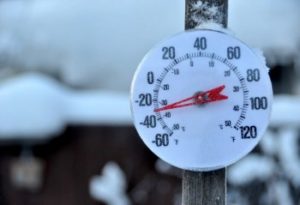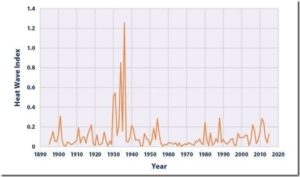by C. Rotter, July 6, 2021 in WUWT
Reposted from The Cliff Mass Weather Blog
During the past week, the Pacific Northwest experienced the most severe heat event of the past century.
All-time high-temperature records were broken throughout the region, often by large margins. Many in the media, several local and national politicians, and some activist environmental scientists have claimed that this event was “driven by” or predominantly forced by human-inspired global warming (usually referred to as “climate change”).But such global warming claims are not supported by the facts and our best scientific understanding.
Truth and Rigorous Science About Climate Change is Necessary for Wise Decisions
In this blog, I will use observations, modeling, climatological data, and the peer-reviewed scientific literature to demonstrate that human-caused global warming played a very small role in the extreme heat event that we just experienced here in the Pacific Northwest.I will describe the origins of a meteorological black swan eventand how the atmosphere is capable of attaining extreme, unusual conditions without any aid from our species.As you read this, consider that I have actively pursued research on Northwest heatwaves, published several papers in the peer-reviewed literature on this specific topic, and have run both weather prediction and climate models that simulate such events. This subject is in my wheelhouse.I also discuss the seriousness of misinformation. You and others can not make wise decisions when the information provided to you is not based on truth and science.
…









